
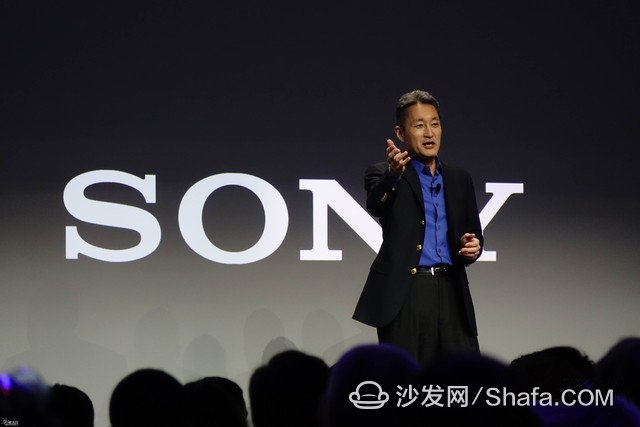

· Appreciation: minimalist and low-key design language
The Z9D series TV is the flagship television product that Sony has high hopes for this year. Naturally, it will not be sloppy in industrial design. The overall design language adhering to the minimalist concept, work materials do not need to say, quite "Sony TV" demeanor. We all know that Sony's TV products are usually relatively pure in appearance, without any extra embellishments, and show the beauty of the TV itself. And seeing the 65-inch Z9D is no exception. Even if you don't see the Logo, you can probably guess that it is a Sony TV.


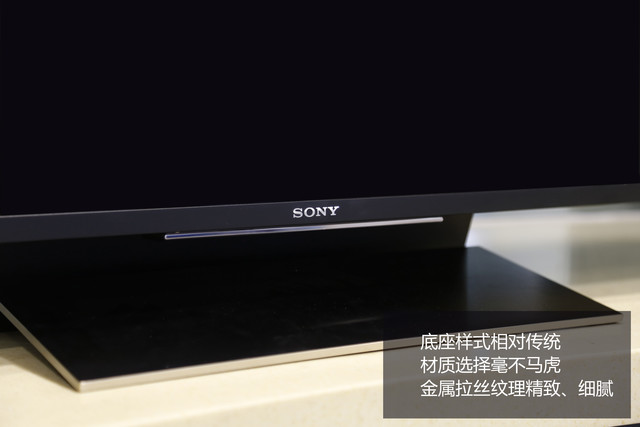
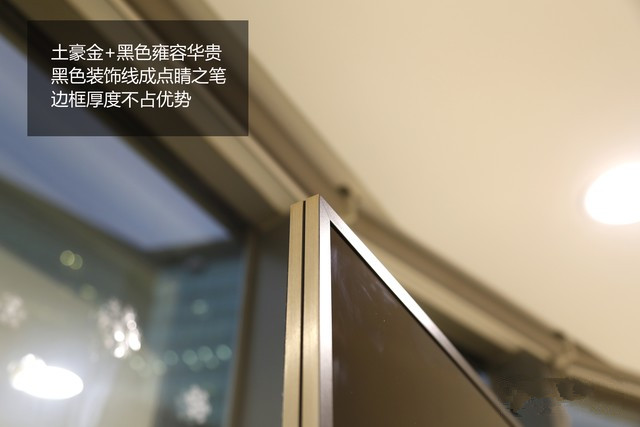


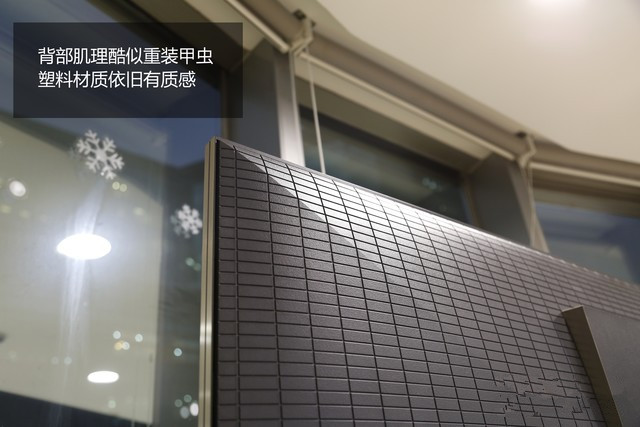
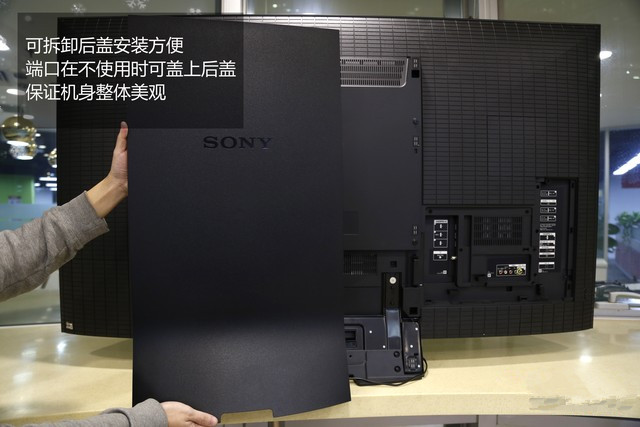

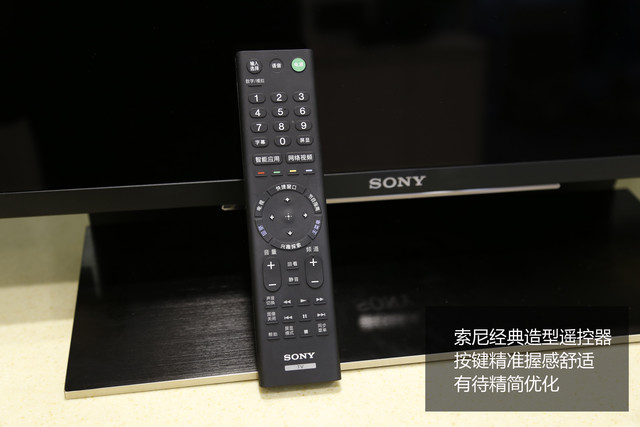
· BacklightMaster Drive: Sony Black technology to reproduce
Although the word "black technology" has been overused, but for the Sony Z9D backlight system, the author can not help but sigh that this is the real "Sony black technology." You know, the quality of a TV depends on the panel, the quality chip and the backlight module (except OLED TVs), and the Sony Z9D's black technology is mainly reflected in the backlight module and the image quality chip, Sony The official name is "dynamic backlight system master version" and "X1 image processing chip advanced version." Although the name is only an upgrade, it has brought about a qualitative leap.

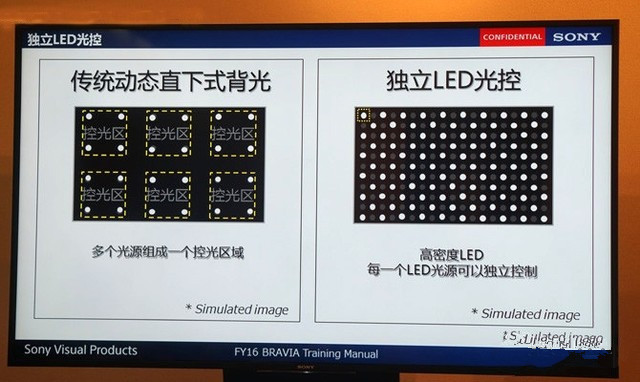

· X1 image processing chip advanced version: more details are clearer
The image processing chip also has a great influence on the picture quality. Sony Z9D TV is equipped with a new upgraded version of the 4K HDR image processing chip X1. It carries out unprecedented precision repairs and optimizations in terms of color, sharpness, and HDR, resulting in better picture quality performance. This technology is mainly composed of HDR dynamic item-by-item remodeling technology, dual image database, and 4K HDR 14-bit smooth gradient technology.

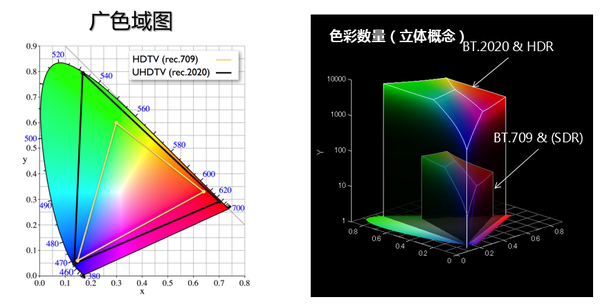

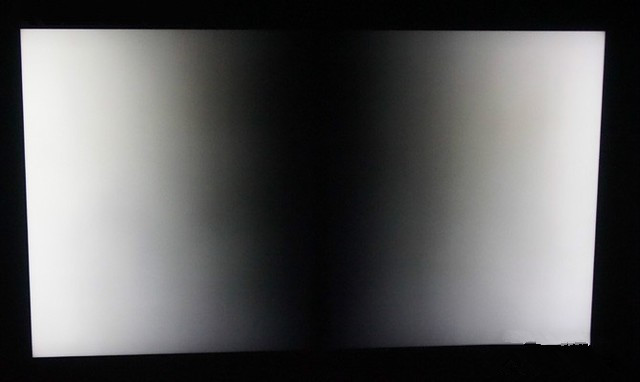
Through the above detailed introduction, I believe we have learned two Sony Z9D killer, "dynamic backlight master version" and "X1 image processing engine X1 advanced version", these two black technology will TV picture quality to a new height , also brought a qualitative leap to the LCD TV. Here we look at the performance of the Sony Z9D through actual testing.
Objective Instrument Test: Color Performance Over the Strongest Quantum Dot TV
The instrument used in this test is the BM-7A luminance colorimeter produced by Topcon to measure the chromaticity coordinates of Sony Z9D TV in different colors, and calculate the contrast, color gamut, color temperature, and color saturation according to the corresponding values ​​and plot them. Corresponding color characteristics map and so on. Before carrying out this test, we first let the machine work normally for one hour and restore it to the factory mode. The entire test environment was performed in the darkroom.

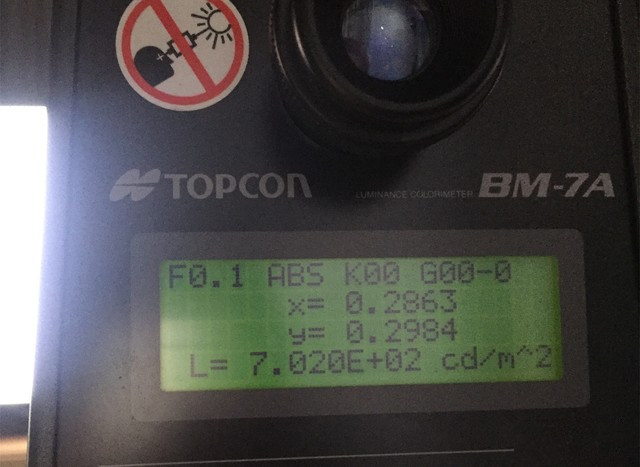
At the same time, it is worth noting that the highest brightness we have achieved at the static brightness level has reached 702 nits. In fact, this result has reached an excellent standard, but Sony claims that the maximum brightness of the Z9D can reach a horrific 4000 nits. Of course, this is not Sony exaggerated lying, but it needs to be achieved under certain conditions, the condition is to have high-brightness HDR source test, we do not have such a source, so only test the highest static brightness. It is expected that the brightness of the Sony Z9D will be a multiple of static under HDR source with high brightness.

·Local test: Renewed LCD high
Static picture test: color tuning is natural, the picture level is clear
In the local testing session, we tested static images, dynamic video, and HDR video. First of all, in the static picture test session, we selected three test images with 4K ultra-high resolution. Static pictures are very suitable for displaying picture layering, detail representation, and color accuracy. The following three test images are also very valuable for reference. Let's take a look at the performance of the Sony Z9D.

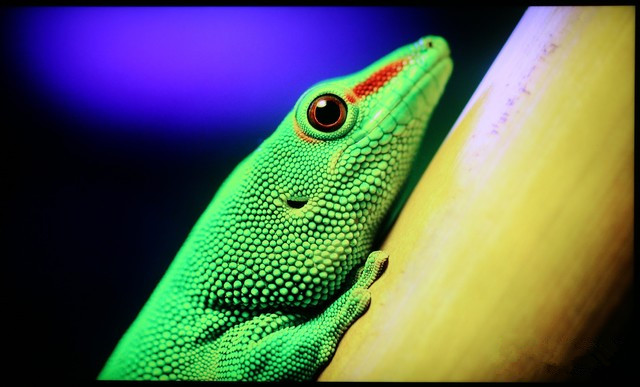
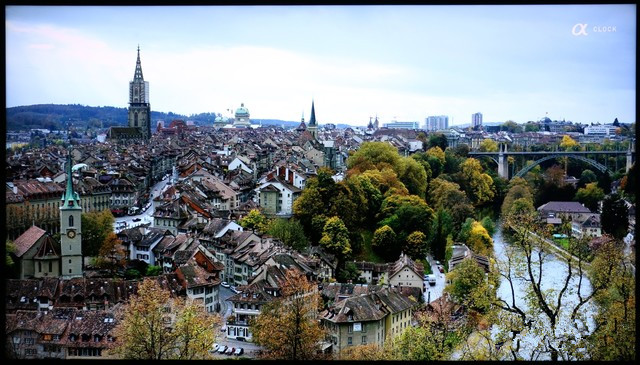
UHD video test: restore more details, brightness is truly visible
In the UHD video test session, we selected three test videos with 4K ultra HD resolution. This link is not only a consideration of the picture quality, but also a consideration of the fluency of local video playback. In the actual test, Sony Z9D TV did not appear any Caton's situation, open and close the video response quickly, which is a big test for TV hardware.
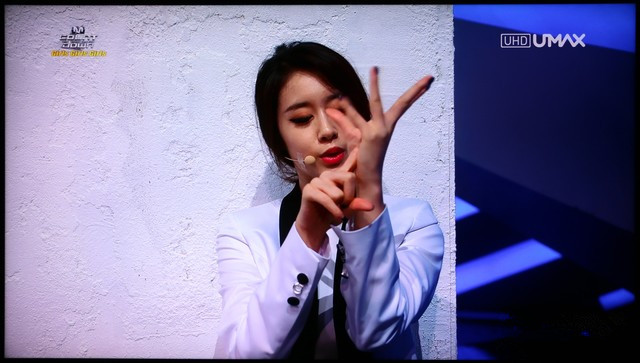


HDR video test: outstanding light and dark details, effective control of light leakage
As we mentioned before, HDR is a very hot display technology this year. In theory, HDR technology can effectively improve the brightness of the screen, the details of the dark parts, the sense of hierarchy, the color performance and the authenticity, but each TV maker has The control skills of different technologies are different, so the effects they bring are very different. Sony made great efforts to control the backlight, and at the same time, it developed a dynamic item-by-item remodeling technique for HDR. Let's take a look at the performance of the Sony Z9D in HDR video.



·System and content: Reinforce its own short board
Operating System: easy to use, clear at a glance
Sony Black Technology has always been reflected in the quality or core technology, but the TV operating system design has always been not Sony's strengths, and even became its short board. To be frank, joint venture brands are often overstretched for TV UI design. Samsung, LG, and Sony, among others, are often unable to meet the Chinese people's habits of using UI design. The cost of learning is relatively high. They usually adapt after a certain period of use. The operating system of the Sony Z9D has greatly improved over the past.
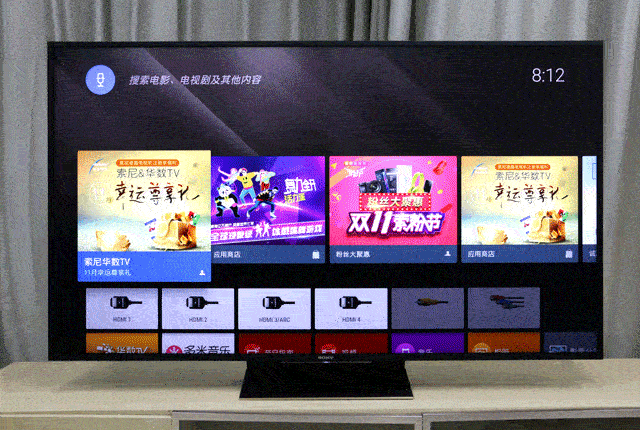
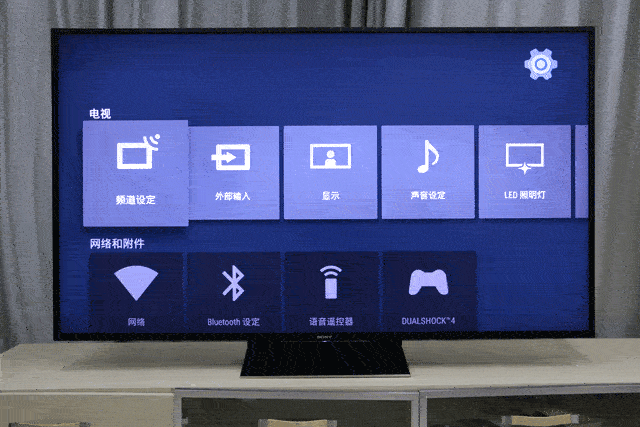
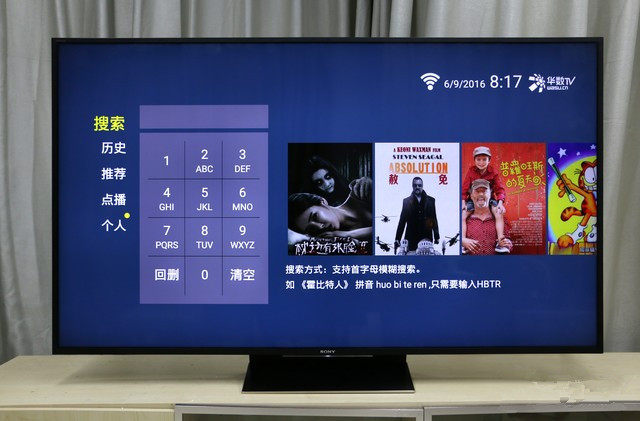
Content Resources: No advantage over Internet brands
In today's Internet thinking, TV has become more Internet-based. At the earliest on television, we could only see cable content. Today, we can broadcast on-demand programs through the Internet. Therefore, whether a television's content resources are rich has also become one of the conditions for consumers to purchase. In this environment, Sony has also begun to lay out its online content. In terms of licensees, Sony cooperates with Hua Digital TV to enjoy all the resources of Hua Digital TV.
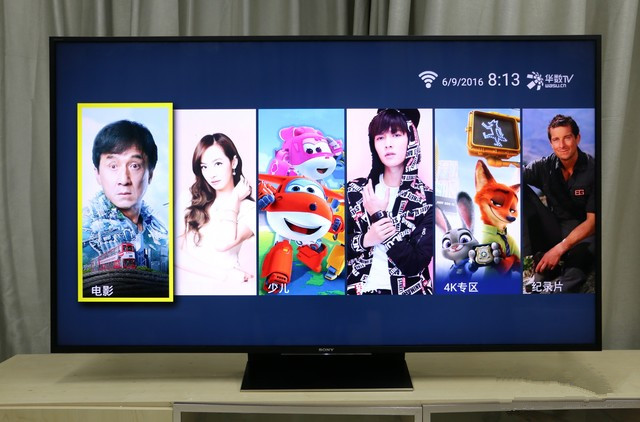
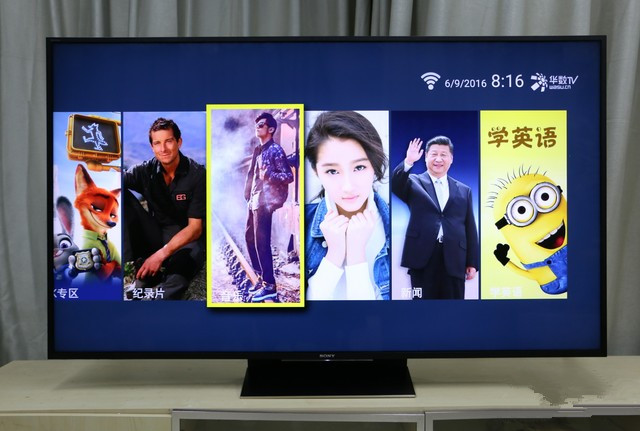
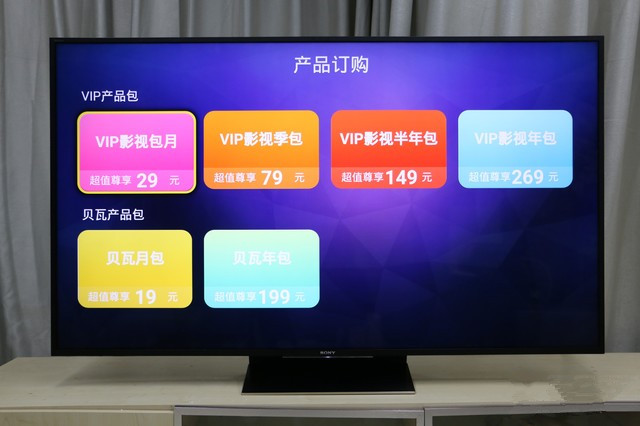
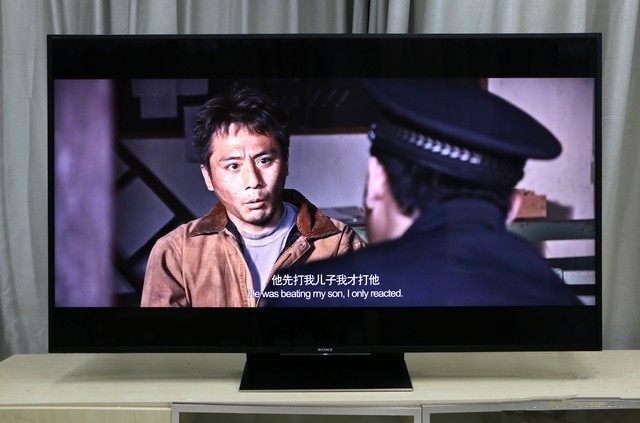
It is also worth noting that Sony has combined Tencent games with a built-in game area. Tencent games will be optimized for the operation of large screens and remote controls or joysticks. Although the game quality is still better than Sony PlayStation, it is better than some manufacturers directly. The mobile phone App is placed in its own application market.
Test summary: three professional editors have something to say
Pan Binqiang (technical control): Sony's flagship TV, the existence of faith, any era is the "strongest picture quality" spokesperson, despite this year's OLED and Quantum dot technology is rampant, but Z9D's release completely end the strongest quality Controversy, Sony's "black technology" strength is fully demonstrated, Z9D two core magic weapon has a dynamic backlight system master version and 4K X1 Extreme chip specifically for HDR technology.
Serious experience of the Sony Z9D has three major feelings, amazing brightness and the OLED's black performance, think of HDR technology, "bright place, darker, darker place," without explanation. Secondly, the Z9D's performance is extremely alarming. The Z9D that can't be displayed on other TVs can be perfectly displayed and extremely shocking. Third, the fluency of the screen, used to connect the PS4 Pro/XBOX ONE game console is perfect, Sony's unique MotionFlow XR can be perceived by the naked eye. Not much else to say, Sony Z9D is by far the most comprehensive TV with the best picture quality, you can add the word “no oneâ€.
Ren Jianning (photographist): The Z9D's fine blackout technology brings out the outstanding black field performance. The “smooth gradient mode†brought by the flagship X1 image processor can effectively eliminate the “gradation phenomenon†of excessive image color. Among the many TV products, the Z9D is also particularly good in terms of color, and the image is sharp and clear. The biggest highlight of this Sony Z9D TV product is "Dynamic Backlight Master Edition" which deserves to be the "black technology" of LCD panels. The Z9D deserves to be the flagship of Sony's "Z" series this year.
Zhou Xun (know the ball Emperor): The picture quality is relatively satisfactory, and the original appearance of the original content is restored. Many subtleties in the video can be displayed. At the same time, it has a higher brightness and a wider dynamic range. Although the brightness is too high to reflect the ambient light, it can be dazzling. The color display can also be close to the reality. With Sony Black Motion Motion XR technology, the smoothness of the motion picture is excellent. However, the appearance is slightly bloated, the base part is not easy to install, and the remote control operation experience is not ideal.

In general, not only the author but also the other three colleagues have given high recognition to the quality performance of the Sony Z9D TV, especially the recognition of the "technical gods" in the department. To get his approval, it is very much. It is not easy, but Sony Z9D really touched him, and it really touched our four professional editors. As the TV series that Sony had high hopes for this year, the performance of the Z9D has surpassed industry expectations.
Looking at the entire TV market, symbolizing that the prices of high-end OLED TVs are always high, the 65-inch Z9D, which only costs half the price, can also bring unmatched black performance, plus real-world ambient light and amazing results. Details of performance, so that the top quality enjoyment can be said to have been the ultimate performance of LCD. Have to admit, Z9D let Sony in the high-end TV market once again stood in the vantage point, but also set a new benchmark for other brands.
As the article said at the beginning, it is possible to see a real world on television screens. This is Sony's ultimate goal. We also expect that Sony will bring us more black technology and more surprises in the future.
Smart TV/box information can focus on smart TV information network sofa butler (http://), China's influential TV box and smart TV website, providing information, communication, etc. on TV boxes, smart TVs, smart TV software, etc. Answering questions.
Low Voltage Static Synchronous Compensator
FGI`s FGSVG series low voltage dynamic reactive power compensation and harmonic devices are mainly composed of control panels, energy storage capacitors, reactors, IGBT, inverters, fuses and other devices. The low voltage Static Synchronous Compensator (STATCOM) has functions such as compensating reactive power, controlling harmonics, balancing negative sequence current and suppressing voltage flicker.
Svc Static Var Compensator,Low Voltage Synchronous Compensator,Low Voltage Static Compensator,Low Voltage Static Synchronous Compensator,Statcom Manufacturers,Power Quality Products
FGI SCIENCE AND TECHNOLOGY CO., LTD , https://www.fgi-tech.com